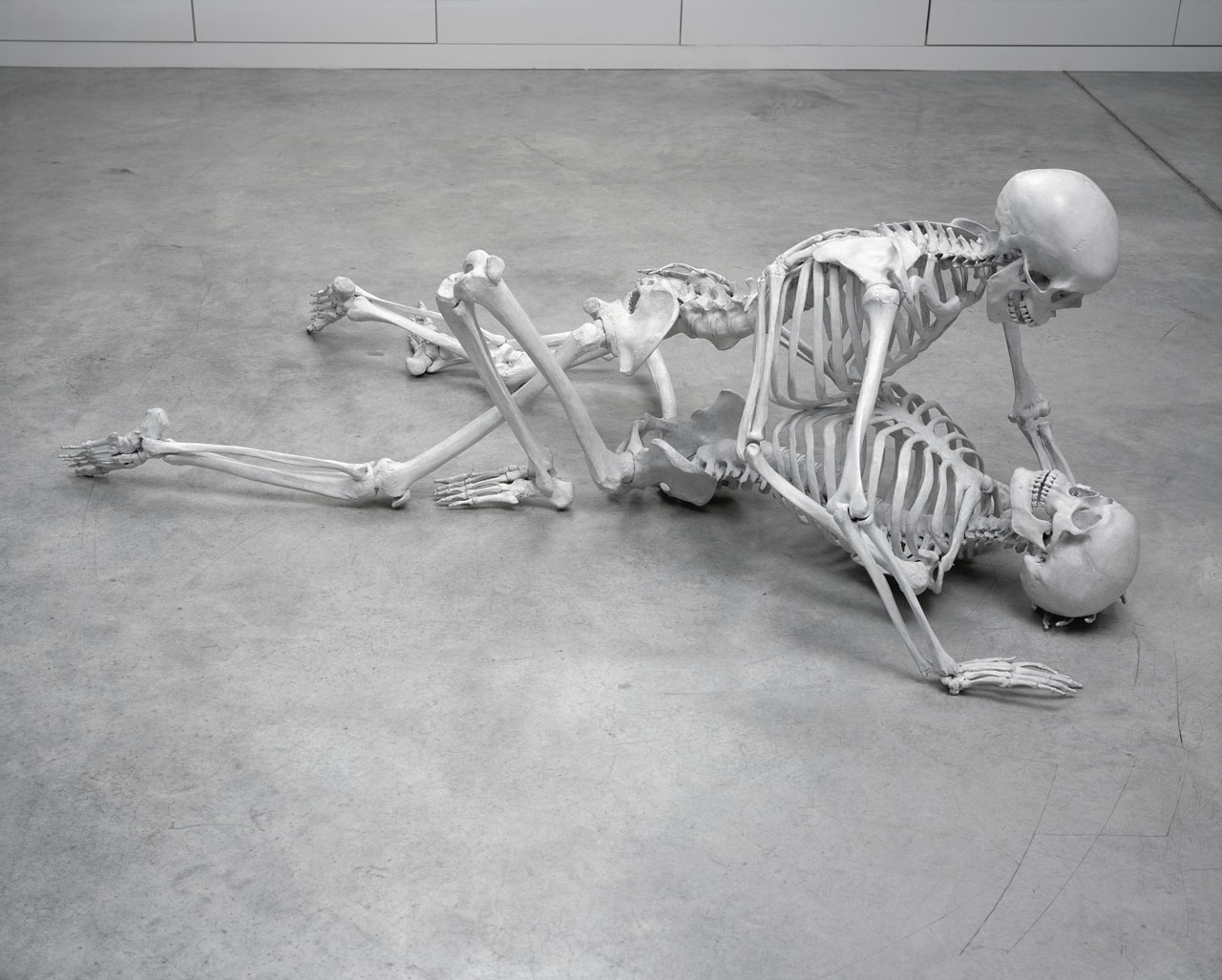
Foundation
Marc Quinn
October 5 → January 6, 2008
Gathering over forty recent works, DHC/ART’s inaugural exhibition by conceptual artist Marc Quinn is the largest ever mounted in North America and the artist’s first solo show in Canada
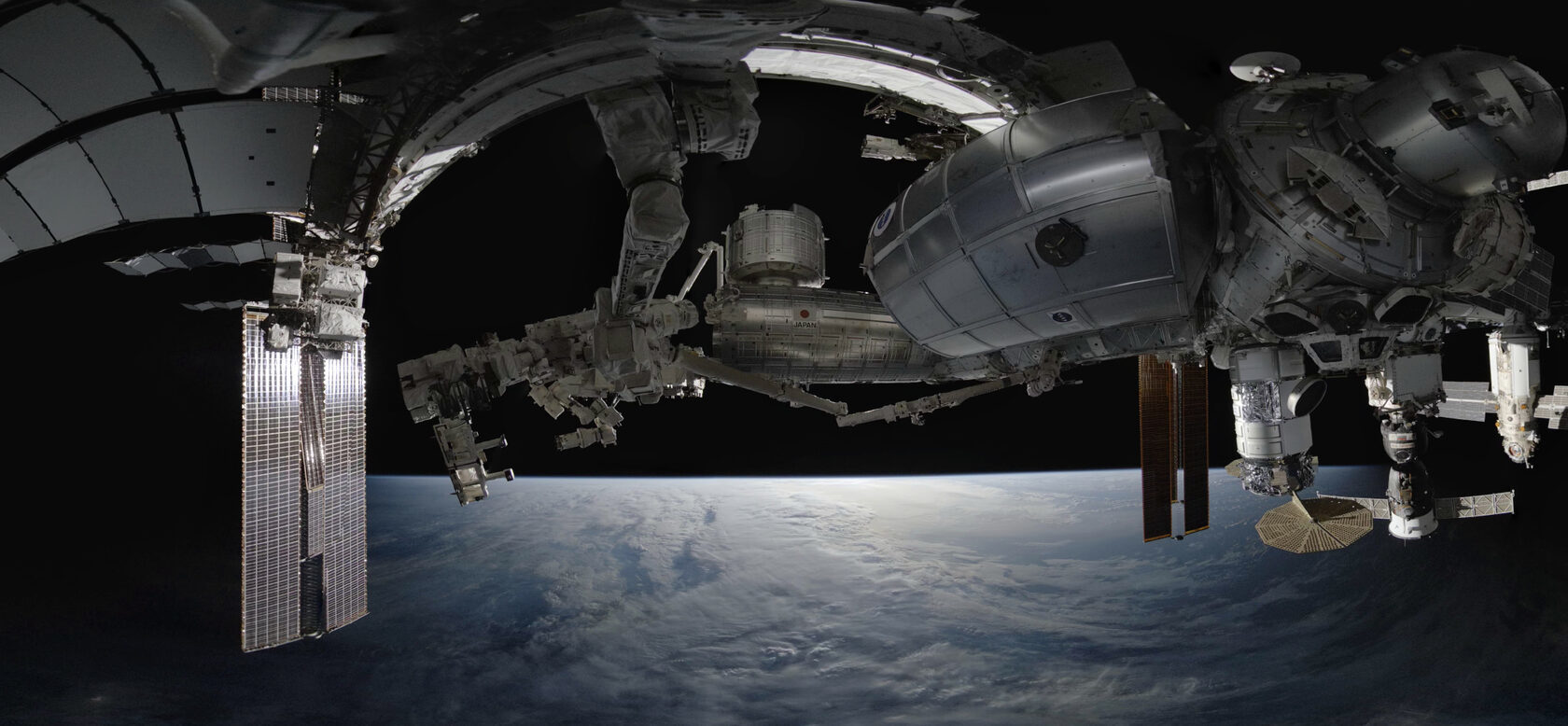
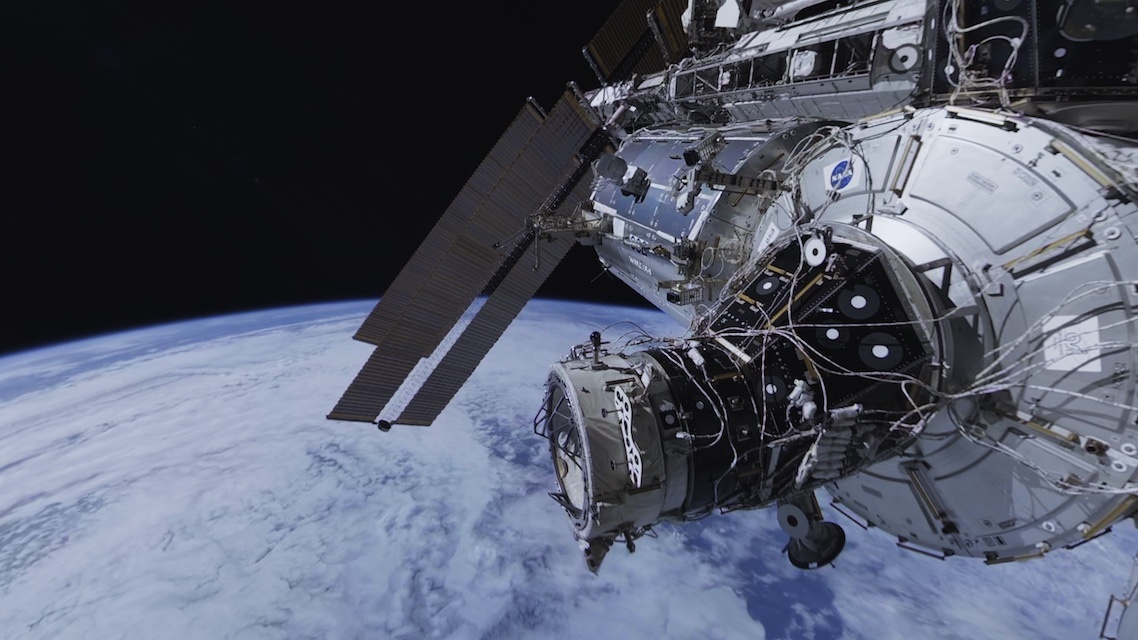
Phoebe Greenberg, Marie Brassard, and Annabelle Fiset discuss the human fascination with space and the existential questions it raises. They share their poetic vision of this universal and personal quest that led to creating the unique, immersive experience THE INFINITE, inspired by NASA missions and exclusive images captured in space by Felix & Paul Studios, EMMY® award winners in 2021.
Starting May 3, 2023 in the Old Port
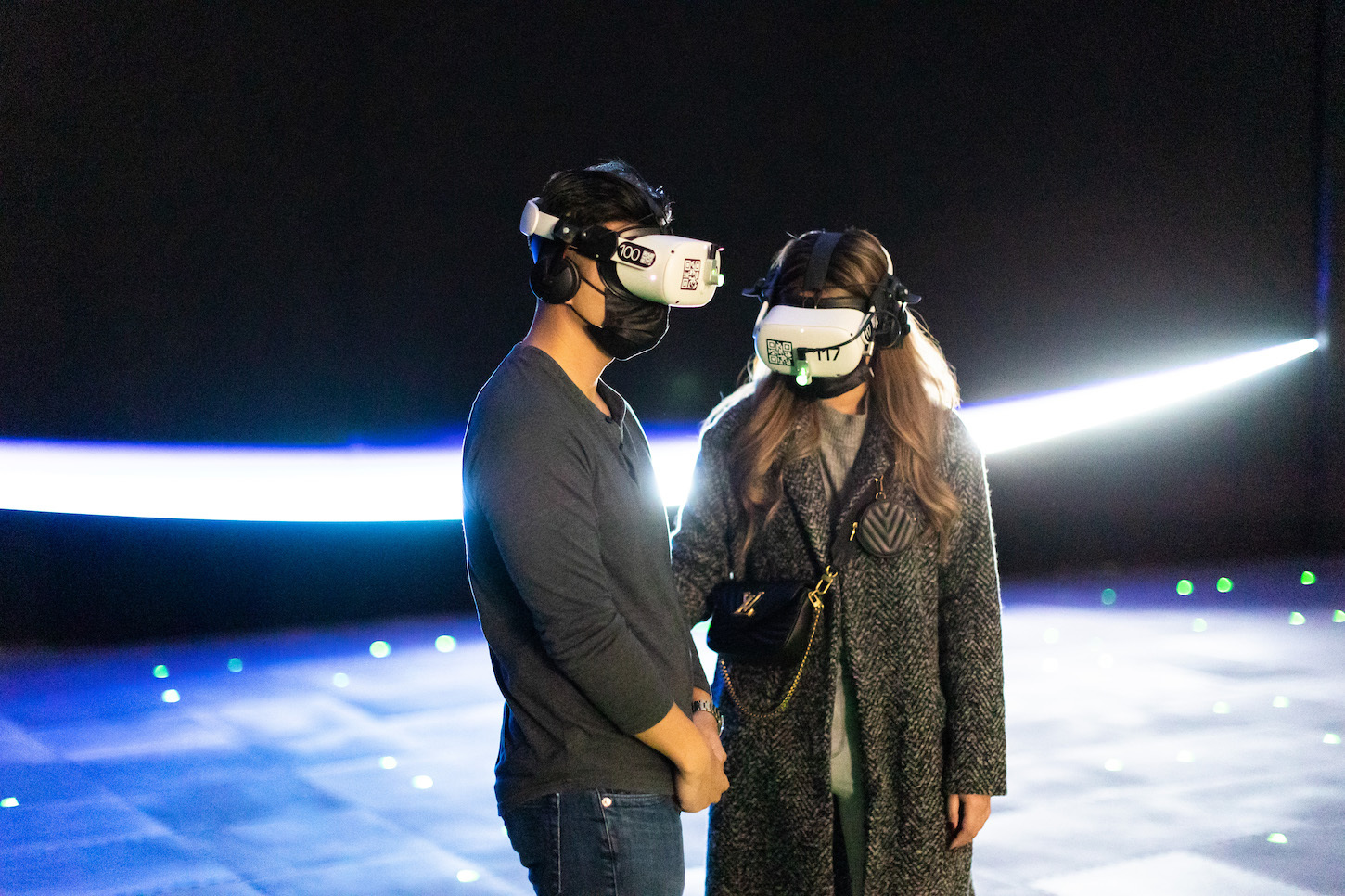
Created by INFINITY EXPERIENCES, a joint venture founded in April 2020 between PHI Studio and Felix & Paul Studios, two major pioneers in the XR industry, whose endeavour is to create and distribute cutting-edge large-scale projects through spatial and immersive exhibitions and installations such as the ground-breaking Location-Based Experience, THE INFINITE.
THE INFINITE is a groundbreaking immersive installation combining state-of-the-art immersion technologies with digital art, to transport participants to the utmost frontier of human space exploration. Fully immersed in virtual reality headsets, visitors can simultaneously explore the ISS, interact with each other in the form of avatars while being able to access EMMY award-winning cinematic VR content from Space Explorers: The ISS Experience based on the biggest media project ever produced in space.
A combination of multiple different layers of reality such as this has never been done. For the first time, people from all ages and horizons are able to witness the promise of immersive digital environments.
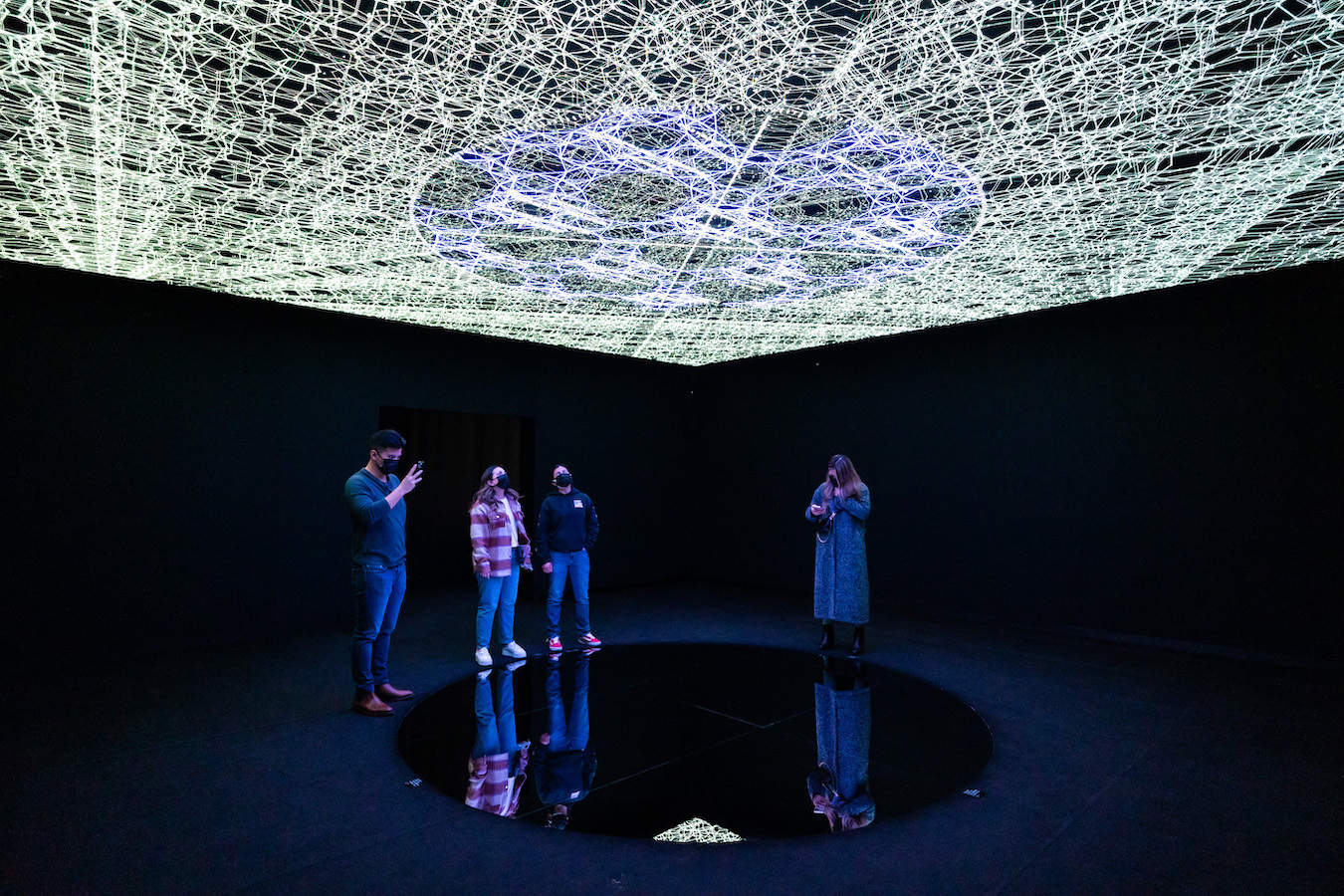
For a moment, let's imagine what the astronauts felt as they witnessed the breathtaking spectacle of the Earth from space for the first time. Creative directors Phoebe Greenberg and Annabelle Fiset, alongside writer and designer Marie Brassard, were guided by the beauty that emerged from these cosmic explorers' testimonies to create this ambitious and transformative experience.
More than just reproducing images that would amaze spectators and our ambition to challenge limits, The INFINITE was meant to be an encounter between visitors, astronauts, and contemporary art.
In this large-scale project, the three women were part of the creative team that unified art, technology, and science so that the proposed experience would remain deeply human. The challenge was to move away from the archives and artefacts of space so visitors could emotionally experience what an astronaut might have felt during their space exploration journey. The task was to contextualise the images shot with Felix & Paul Studios' virtual reality cameras in the ISS for over two and a half years, in order to convey the experience of an astronaut's journey in its entirety—from their departure, through their arrival in space, to their return to Earth.
Ultimately, the three creatives wanted this experience to be a testament to what we can accomplish as a species and to celebrate our ability to come together again behind a common dream.
Selected excerpts from this conversation have been edited by Catherine Martellini for clarity and length.
"Using architectural design, free-roaming technology and commissioned artwork from Japanese artist Ryoji Ikeda, we were inspired by humanity’s global fascination with space, integrating a poetic point of view of the astronauts. It was vital for us to transport the public to the particularities of life in space and [allow them to] feel their presence on board and outside the ISS."
What is your first memory of space?
ANNABELLE FISET: We were with our family in the country, and there were tons of fireflies everywhere. In the middle of this blinking field, my father was explaining to me the twinkling of the stars—that they were like little suns that exploded, with a life and a death. So my interest in space—which wasn't so great at the time—really began with the stars.
Are we conditioned to go beyond our limits as a species?
PHOEBE GREENBERG: Our fascination with what lies beyond our borders is innate and existed even in the ancient world; we need only think of stars as navigational tools and the perspective that established that the Earth was round. I also approach this notion of demystifying our relationship to the cosmos through various myths by placing it in a context that we understand. In our self-discovery and our relationship to the cosmos, I think there is this reflection: Who am I in the face of the vastness of infinity? It is a duality that we are all confronted with and has left its mark on humanity's art and science.
MARIE BRASSARD: It seems to be part of us: the idea of trying to understand the meaning of our existence, where we come from, why, and what's beyond. The idea that we might be the only living species in the entire cosmos makes us dizzy. I call this quest "the call of the light." The Greeks believed that the light that allowed us to see the world around us came from within us. Then they realized that it came from far away. I think that the invention of the telescope was born from this awareness and desire to understand where the light came from. In a very basic sense, the search for light has also metaphorically inspired many philosophers, religious people, artists, and scientists. And it has served as the foundation for the creation of the work.
What do we learn about ourselves as human beings?
MARIE: One thing that has come out of the astronauts' testimonies is realizing the miracle of our existence. Space exploration has also made us aware of how fragile and insignificant we are in this universe and the priceless value of all living creatures. Finding solutions to preserve the planet is one of the aspects of space research that I love the most. How can we take care of the planet and keep it alive? We must absolutely take care of this rare gift of life, maintain it, and treat it with great respect.
PHOEBE: I think there's also a sense of ego loss. When astronauts leave the planet, they literally leave behind all the accumulated codes of their own identity that made up their personality. They find themselves in space almost as a neutral observer. All the science and imagination it took to bring these people to this perspective revealed the meaning of their own humanity. But as it relates to all of us, the notion of "Who am I?" gives way to "Who are we?"
MARIE: I also find that the fact that the astronauts are stripped of their identities and that the people on the ISS come from all over the world adds to the beauty of the journey. Because before being a national, political or other, it is first and foremost a human quest. When these astronauts, who are scientists with so much knowledge and experience, are all together in the small floating cell of the ISS, one really feels that they are simply humans—generous and with a lot of heart. Their testimonies [in THE INFINITE experience] sometimes talk about their dreams as children and how the starry sky fascinated them. These childhood dreams unite them.
What vision did you want to bring to the project as creative leads?
PHOEBE: We both come from a theatrical background. We wanted to think about the physical body and how it reacts to leaving the Earth. So we were inspired by some of the readings, especially the poetry that came out of the astronauts' testimonies. How can we bring that perspective to an audience? It was really important to us that the visitor feel a transformation and a sense of being beyond what they understand about our earthly world.
MARIE: When you think of virtual reality, you always think of it as happening in the mind, as if you don't have a body. We tried to make this experience very physical in various ways: people move, they have the real feeling of travelling in the ISS, walking in space, seeing the planet around them, and ultimately experiencing the overall picture. It's very physical and emotional. We wanted people to feel like they had an experience that changed them profoundly, philosophically, personally, and physically. One of our wishes was that when people come out of this experience, they would feel a little bit like the astronauts do when they look at the Earth and feel how precious nature and life are. If we can get people to come out of there and have that kind of epiphany, we will have achieved our goal.
PHOEBE: That's true. This type of presentation is often approached from the perspective of a scientific archive, with artefacts from space. But we really wanted to incorporate Felix and Paul's work in a poetic way. We looked at the territories of some contemporary artists and architects and chose to focus our attention on human evolution in relation to the call of the stars. We thought about the dynamics of the relationship between man and space to create a narrative line and highlight what Felix and Paul have achieved, giving us a sense of presence, a sense of being transported through their content. For example, we were interested in the realist artist Ryoji Ikeda for his thoughts on sound and data beyond human perception. His work really examines the universe's vastness and what it means to understand our presence on Earth on macro and micro scales. Not only is he an electronic composer and visual artist, but his creation is present throughout the exhibition. Through his data-driven algorithms, the soundtrack speaks a language similar to what we experience in the territory of space exploration.
MARIE: To add to that, yes, this trajectory makes us feel that there is first a departure, then a journey through art and through the cosmos, to finally slowly return to Earth, but feeling different.
How did the idea for a large-scale XR exhibition come about?
PHOEBE: We had an amazing opportunity to showcase these raw images shot in space. Felix & Paul's virtual reality cameras are the only VR cameras on the space station. We had a huge responsibility to contextualise the experience of these transformative images. The visitor experience was also important. In the context of this exhibit, we created a free-form path through the use of avatars and a wireframe image of the ISS. So not only do you feel that you are walking through the ISS and its dimensions, but you see other people with you, who are avatars that we perceive through the content and the interactivity of the technology. It's a real adventure.
We had the technology and a narrative line that helped us enter this world. We tried to find a language that made the relationship between the real images captured on the ISS and what we experience in the physical world as porous as possible so that the visitor doesn't feel like they are relying solely on technology to understand the story. But that they are really experiencing the poetry of the human quest.
Which challenges did you face as the creators?
MARIE: It's a very collective work: there are a lot of people with specific skills involved in the development of such an experience. So you have to learn to let go and rely on each other.
PHOEBE: We have become the keepers of the poetry. As Marie suggested, the team prototyped many elements from these exclusive images. That's a truly amazing accomplishment, just in the technological world. When I say "keepers" of the poetry—I mean it humorously. Still, we wanted to keep reminding ourselves of that so that it wasn't lost along the way among the technical requirements and how to design these details that are really technology and science. We wanted to keep the fundamental vision that this is a poetic and human experience.
MARIE: I felt a responsibility, in addition to that of an artist, to protect the experience's coherence and develop a proposal where each element of the whole experience makes sense and finds its place in the construction of the story.
PHOEBE: Yes. One of the advantages of our toolkit was that it didn't include artefacts. So the monumentality of a rocket or a space shuttle didn't exist. Our toolbox was to think about how we would use the architectural, light, and sound elements. It's not really different from the principles you might find in theatre. We relied on the poetic aspects of that experience to support the content of the space station instead of depending on those elements that are just a more academic understanding of the history of space exploration.
MARIE: I thought it was beautiful how Felix and Paul got involved and included the astronauts in this experiment. The astronauts handle the camera themselves in the ISS. They answer questions, but they also become creators in a way. You really get the impression that they are just humans sharing their experience of this extraordinary journey and spectacle. You don't see the scientists in them.
The most incredible ideas have been realized with THE INFINITE. Tell us about your experience as a creative director.
ANNABELLE: It is the story of a story—of many stories, in fact—that lay the foundation and shape for the one told here. It's also the union of a thousand faces focused on one project, people who came together and gave their best to create a unique experience, even in a year that held so many surprises.
When I came on board THE INFINITE (which didn't even have a name at the time), the basic idea was to create a unique project with four renowned artists: Phoebe Greenberg, Félix Lajeunesse, Paul Raphaël, and Marie Brassard. As we prepared to work together for the first time, our little group was bursting with dreams, stories, and energy. There was also the amazing content produced by Felix & Paul Studios. It was everything we needed to spark the idea that would lead to such a wonderful journey. As THE INFINITE grew in the weeks and months that followed, so did its team, which eventually expanded to over 70 people. Despite their many differences, these people had one thing in common: they were willing to join us and work outside their comfort zones. We were all improvising, guided only by our instincts; no one had ever done what we were about to do.
As creative director, my role was to safeguard the project's creative vision, ensuring that it was delivered and consistent. Once the core quartet had laid the foundation, it was my responsibility to ensure that this narrative arc was respected and preserved by the creative team of, at its peak, 17 people. I felt like a conductor who had to ensure that the musicians played every note of a composition intended for the stage in unison from initial conception to production.
Light, ritual, the lure of the stars, travel, adaptability, vertigo, black holes, and transformation were all themes that the artists worked on from the start to develop a narrative thread. After substantial research, multiple iterations, endless back and forth, they developed the design and experience with great finesse.
THE INFINITE begins by putting on a headset. From there, it takes you on the departure into light; a sunset seen from orbit; meeting sixteen astronauts aboard the space station; a magnificent and breathtaking moment of zero-gravity in the Cupola—the station's panoramic observation module; a powerful look inside a black hole; as imagined by artist Ryoji Ikeda; a journey through a wormhole, a mirror of infinity revisited; and finally, a return to Earth, with the visitor's forever transformed vision of our planet.
A project such as this one involves many challenges, equal to the dizzying pleasure of the infinity mirror and having had the chance to participate in it. An ambitious and far-reaching project, THE INFINITE is a reflection of its team and its content, which is a diverse mix of visions and backgrounds that, in the end, have blended into a work of remarkable unity.
The visitor is an active participant in the experience; they can move and feel. Can we speak of a new kind of relationship between the work and the visitors? In this sense, how does THE INFINITE differ from other immersive experiences?
ANNABELLE: THE INFINITE's visitor is an active participant in the experience. They are prompted in different interactions, but they must also take initiative and make choices. It is this participation that sets THE INFINITE apart from other immersive experiences.
The narrative is present from beginning to end, but the story is experienced differently by each visitor, who can choose their content. After 50 minutes of the visit, the viewer will not have the impression of having lived several stories, but only one, which has a beginning, a middle and an end.
How do scenography and technology create interactivity?
ANNABELLE: The scenography is at the service of the virtual reality experience and must contribute to the narrative of the overall visit. Visitors must trust what they see and differentiate between what is built and what is not. The visual codes created for this purpose make sense when, at the end of the experience, they have to sit down on a chair specially designed for the virtual reality film.
Why was Ryoji's exclusive work added to the experience?
ANNABELLE: Ryoji Ikeda is our guest artist. He proposes an exclusive work within the experience. Ryoji participated in a brainstorming session with the creative team early in the project. We wanted him to feel like he was an integral part of the project and not just an add-on. He was chosen because his work integrates sound, images, physics, and mathematics. He combines artistic and scientific approaches to create a result that is always breathtaking and rooted in contemporary art. Ryoji also provided the overall sound signature of the experience.
Our journey into space has influenced our view of human nature and humanity's place in the universe. How has space exploration prompted us to think about our relationship with nature?
PHOEBE: I think the goal of these space programs is for humanity to evolve into a potentially interplanetary species. Our desire to introduce organic materials toward the exhibit's end is inspired in part by the scientific experiments on the ISS itself. They send organic tissue, whether human, animal, or plant, and try to understand how the lack of gravity influences that material. There is also this desire to see if we can recreate favourable conditions for humans to live outside Earth. So we wanted to pay tribute to all the thinking that goes into this desire to become an advanced interplanetary species. If we were to imagine a garden or a life created outside of this planet, it would not necessarily be subject to the rules of Earth. So we were looking for some kind of poetry behind the new ways of life in other worlds.
MARIE: We have given a name to each section of the experiment. The end of this one is called "The Origin." I like that we call it that because it ends, as Phoebe said, with a kind of organic imagery, like we're coming back to Earth, but also like we're coming into some other kind of future, somewhere else maybe. The meaning remains open. It evokes the origin of our existence and our human condition, and at the same time, a new beginning, the beginning of a life with a new form. Maybe some people will take our nature to other territories—everything is possible. And with that will perhaps come another natural environment and other human inventions that will lead to a different way of living. There are so many things that we do not know. The secrets of our existence are contained in the natural elements: in the water, in the air, in the plants that grow, in the animal that our cells already know. We are made of stardust. We are nature, and without it, we do not exist. Worried about the future of humans and our planet, we thought it was important to address this in the experiment.
"The public no longer has to just watch stories about spaceflight. We can really make them feel like participants so they can experience the journey of an astronaut."
Conception and Scenarisation:
Phoebe Greenberg
Felix Lajeunesse
Paul Raphaël
Marie Brassard
Artistic Direction Collaborator:
Marie Brassard
Creative Director:
Annabelle Fiset
Guest Artist, Concept and Composition:
Ryoji Ikeda
Executive Producers:
Eric Albert
Stéphane Rituit
Chief Technology Officer:
Pierre Blaizeau
Chief Financial Officer:
Marie-Chantal Ménard
Producer:
Julie Tremblay
Touring Producer:
Kerri Drake
Creative and Artistic Directors:
Felix Lajeunesse
Paul Raphaël
Digital Head of Interactivity:
Rustle Hill
Interactive Experience Producer:
Coline Delbaere
Interactive Production Managers:
Joëlle Boulianne
Liliane Hudecova
Technology Project Manager:
Noémie Forestier
Technical Project Manager:
Mathieu Désert
Cinematographic Editorial Support:
Simon-Emmanuel Roux
François Beaupré-Goulet
Charles Tranquille
Jimmy Hayes
Cinematographic Head of Post-Production:
Jacques Levesque
Cinematographic Post-Production Producers:
Eleonore Tuvache
Joëlle Boulianne
Cinematographic Post-Production Manager:
Liliane Hudecova
3D Generalist:
Kim Fredette
3D Generalist and Art Director:
Ran Sieradzki
Unreal Technical Director:
Tanya Desjardins de Libero
Interactive Application Developers:
Alex Quevillon
Chris Goossen
Interactive VR Technologist:
Thomas Azoug
System Lead Developer:
Stephane Goyette
Developer:
Vincent Bilodeau
Senior Generalist Programmer:
Éric Desjardins
Core Technologies Group:
Florent Cohen
Lead QA:
Kevon Romain
Sound and Music Supervision provided by:
Headspace Studio
Sound Supervisor:
Jean-Pascal
Beaudoin
Lead Technical Sound Designer:
Viktor Phoenix
Composer:
Frederic Begin
Dialogue Editor:
Mike Ritchie
NASA, National Aeronautics and Space Administration:
Anne McClain
Christina Hammock Koch
Nick Hague
Jessica Meir
Andrew R. Morgan
Victor J. Glover
Christopher Cassidy
Douglas Gerald Hurley
Robert Louis Behnken
Kathleen Rubins
Shannon Walker
Michael S. Hopkins
Canadian Space Agency:
David Saint-Jacques
European Space Agency:
Luca Parmitano
Japan Aerospace Exploration Agency:
Soichi Noguchi
Mohammed Bin Rashid Space Centre:
Hazzaa AlMansoori
Roscosmos State Corporation for Space Activities:
Oleg Dmitriyevich Kononenko
Aleksey Nikolayevich Ovchinin
Aleksandr Aleksandrovich Skvortsov
Oleg Ivanovich Skripochka
Sergey Nikolayevich Ryzhikov
Sergey Vladimirovich Kud-Sverchkov
Anatoli Alekseyevich Ivanishin
Ivan Viktorovich Vagner
Space Centers:
The ISS US National Laboratory
Canadian Space Agency
Roscosmos State
Corporation For Space Activities
Japanese Aerospace Exploration Agency
European Space Agency
Technology Director:
Marc-André Nadeau
VR Operation Coordinator:
Joël Guerin-Simard
Monitoring System Developer:
Thomas Azoug
Monitoring Interface provided by:
Logient
Visitor Experience Manager:
Nancy Hameder
VR Technicians:
Jeremy Felker
Jonathan Hardy
Dominic Pagé
Madison Dinelle
Samuel Comtois
Scenographer:
Laurent Monnier
Video Artist, Vortex:
George Fok
Computer Graphics and Programming for Ryoji Ikeda:
Norimichi Hirakawa
Ryo Shiraki
Tomonaga Tokuyama
Light Designer:
Etienne Boucher
Production Manager:
Valérie Gareau
Isabelle Brodeur
Production Coordinator:
Laurence Dupont
Technical Director:
Nicolas Jobin
Sylvain Tessier
Assistant Technical Director:
Michael Lefebvre
Sound Technical Director:
David Simard
Multimedia Consultant:
Erick Villeneuve
UV Station Developer and Technical Procurement:
Frédéric Segard
Construction provided by:
Scène Éthique
Thank you to our set fabrication collaborators:
Raphael Brien Bannière Gréage et Structure inc
Robocut
Sollertia
Studio Artefact
Technical Equipment provided by:
Ambiofonik
Creative Lab
Espace 3D
LSM
Show Distribution
Technical Integration provided by:
Élévation
Marketing Director:
Scarlett Martinez
Marketing Strategist & Lead:
Joanne Tremblay
Content Marketing Manager:
Claudia Guerra
Marketing Producer:
Sarah Rochefort
Chief, New Media Partnerships and VR:
Myriam Achard
Public Relations Project Manager:
Pierre-Olivier Marinier Leseize
Artistic Director:
Michel Ouellette
Communications Agent:
Andrew Gray

Foundation
Gathering over forty recent works, DHC/ART’s inaugural exhibition by conceptual artist Marc Quinn is the largest ever mounted in North America and the artist’s first solo show in Canada
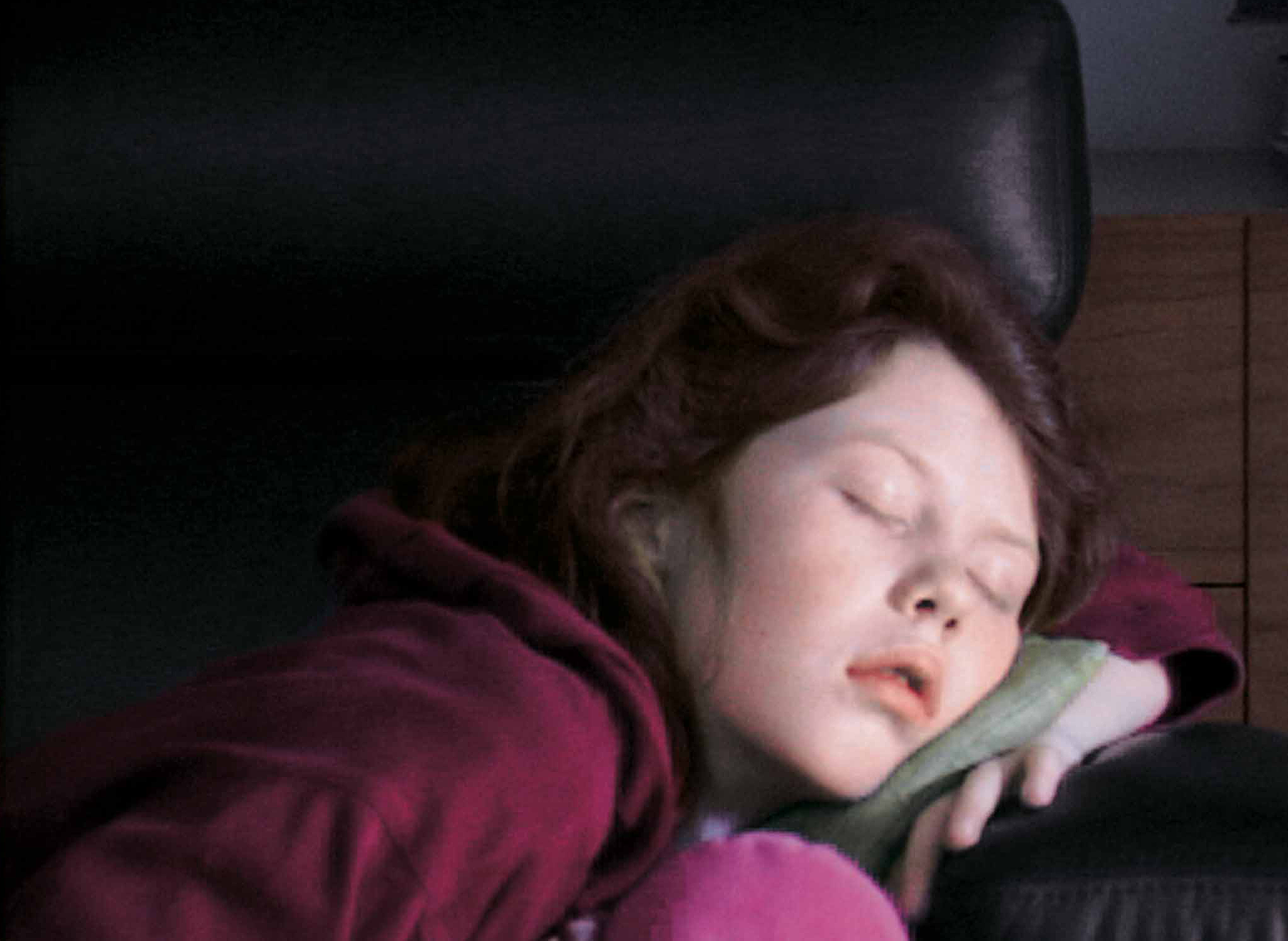
Foundation
Six artists present works that in some way critically re-stage films, media spectacles, popular culture and, in one case, private moments of daily life
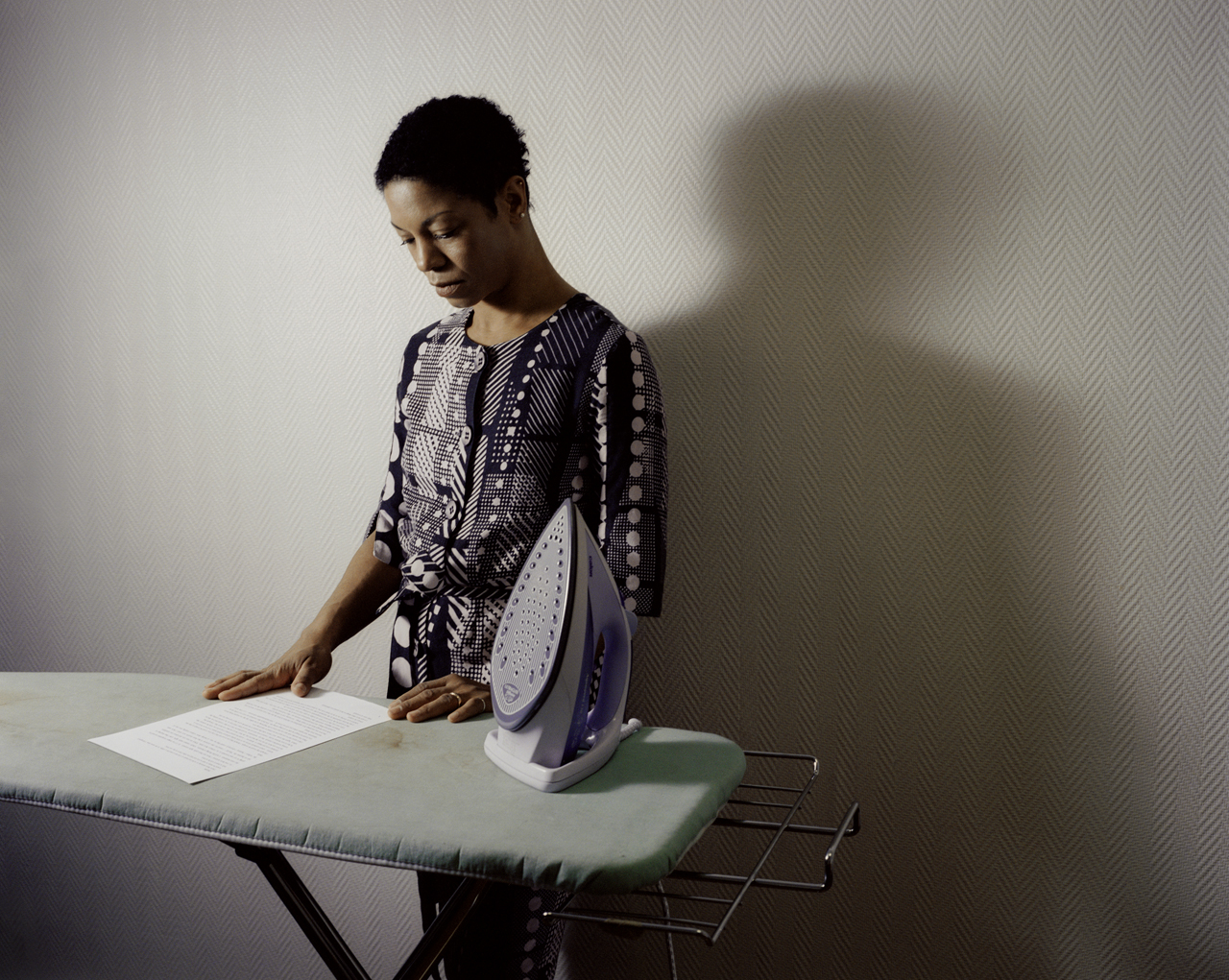
Foundation
This poetic and often touching project speaks to us all about our relation to the loved one
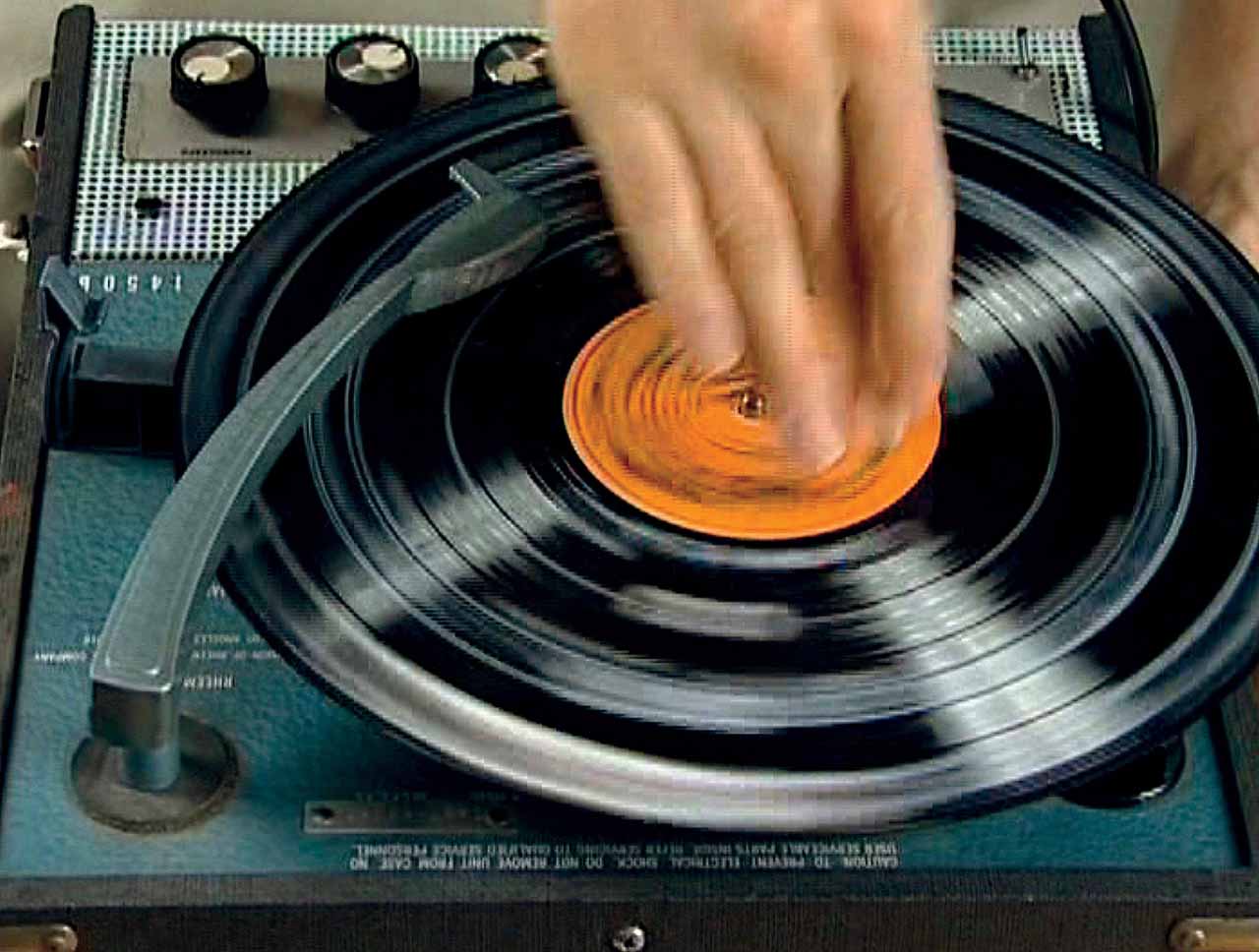
Foundation
DHC/ART Foundation for Contemporary Art is pleased to present the North American premiere of Christian Marclay’s Replay, a major exhibition gathering works in video by the internationally acclaimed artist
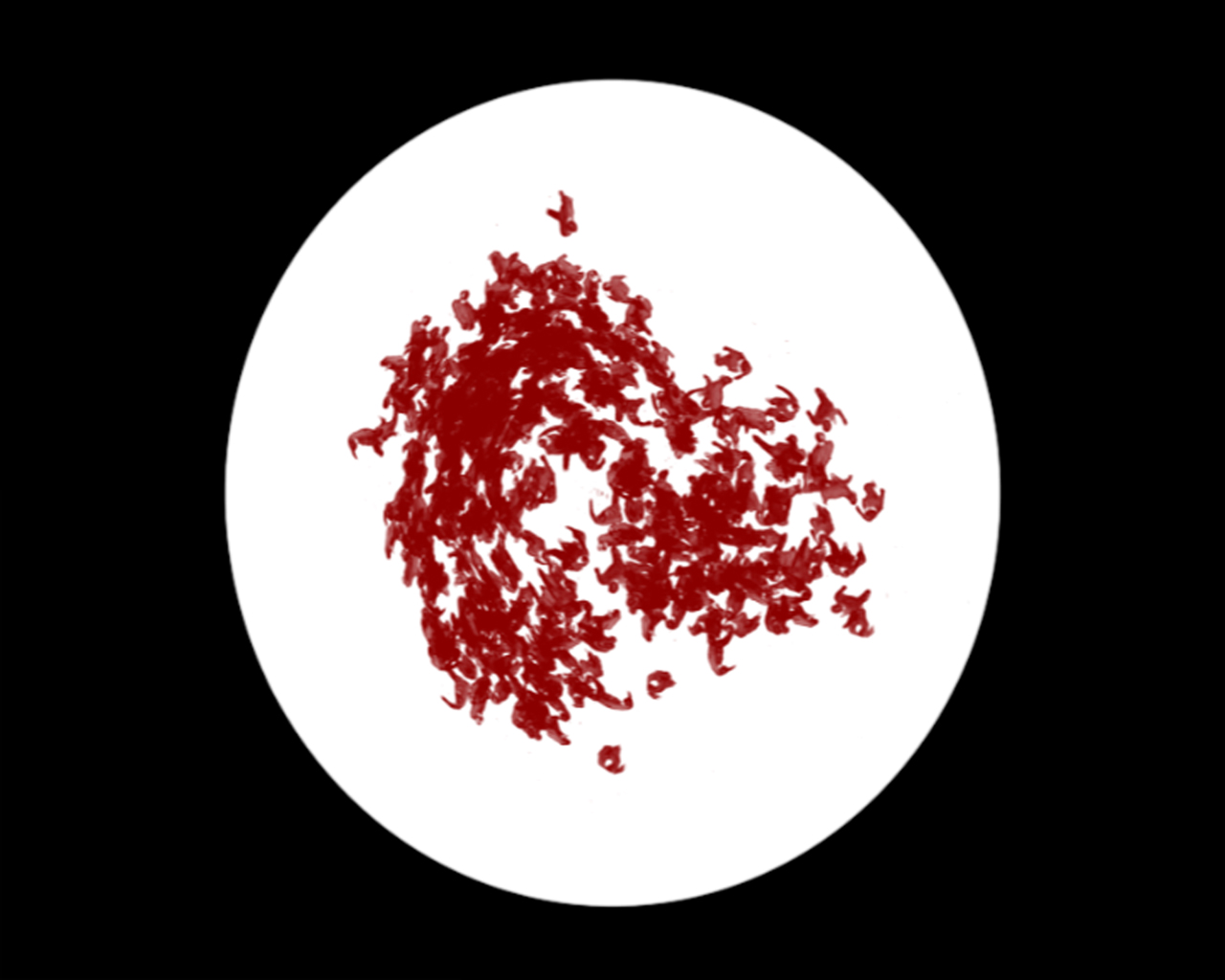
Foundation
DHC/ART is pleased to present Particles of Reality, the first solo exhibition in Canada of the celebrated Israeli artist Michal Rovner, who divides her time between New York City and a farm in Israel
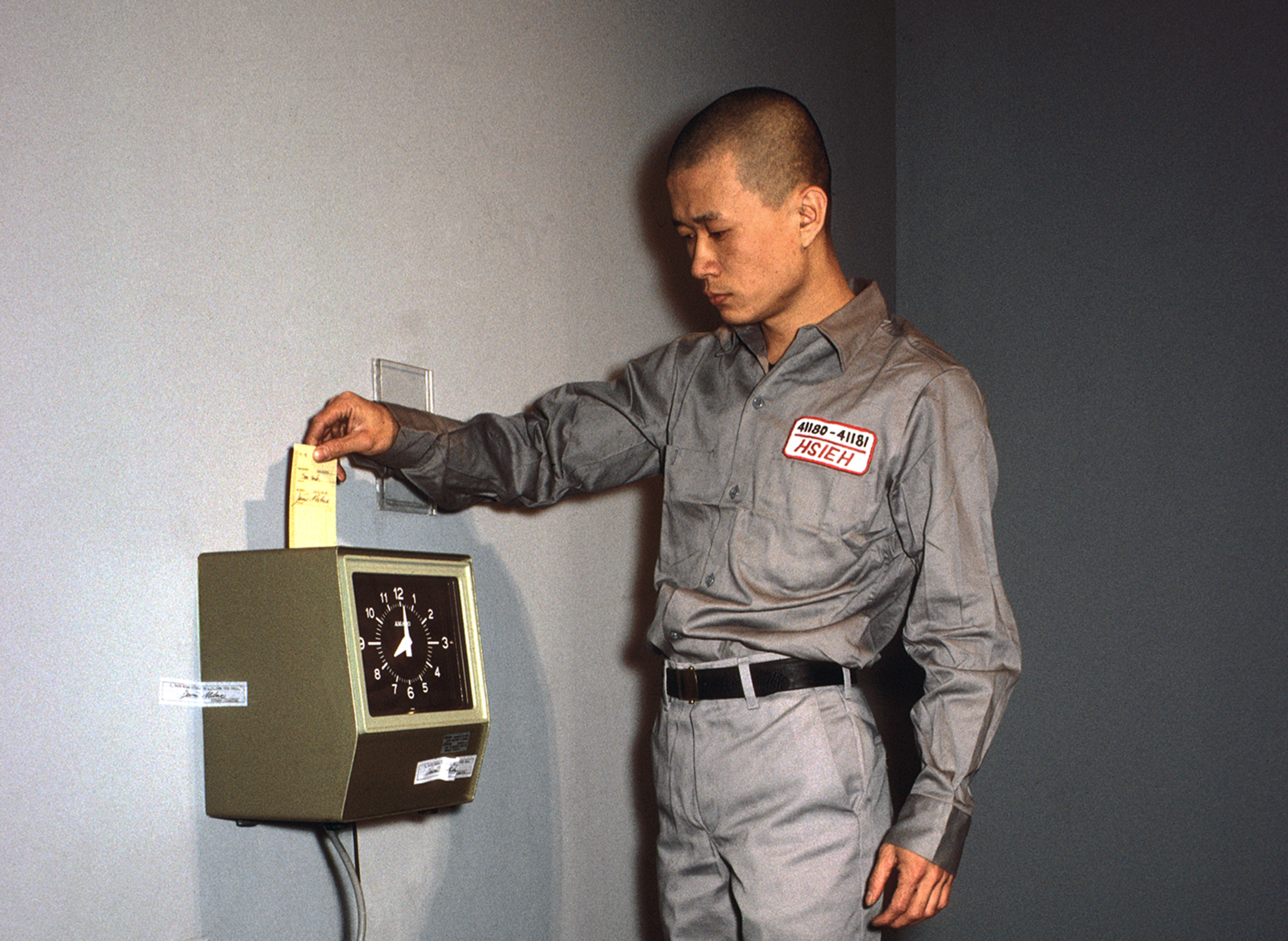
Foundation
The inaugural DHC Session exhibition, Living Time, brings together selected documentation of renowned Taiwanese-American performance artist Tehching Hsieh’s One Year Performances and the films of young Dutch artist, Guido van der Werve
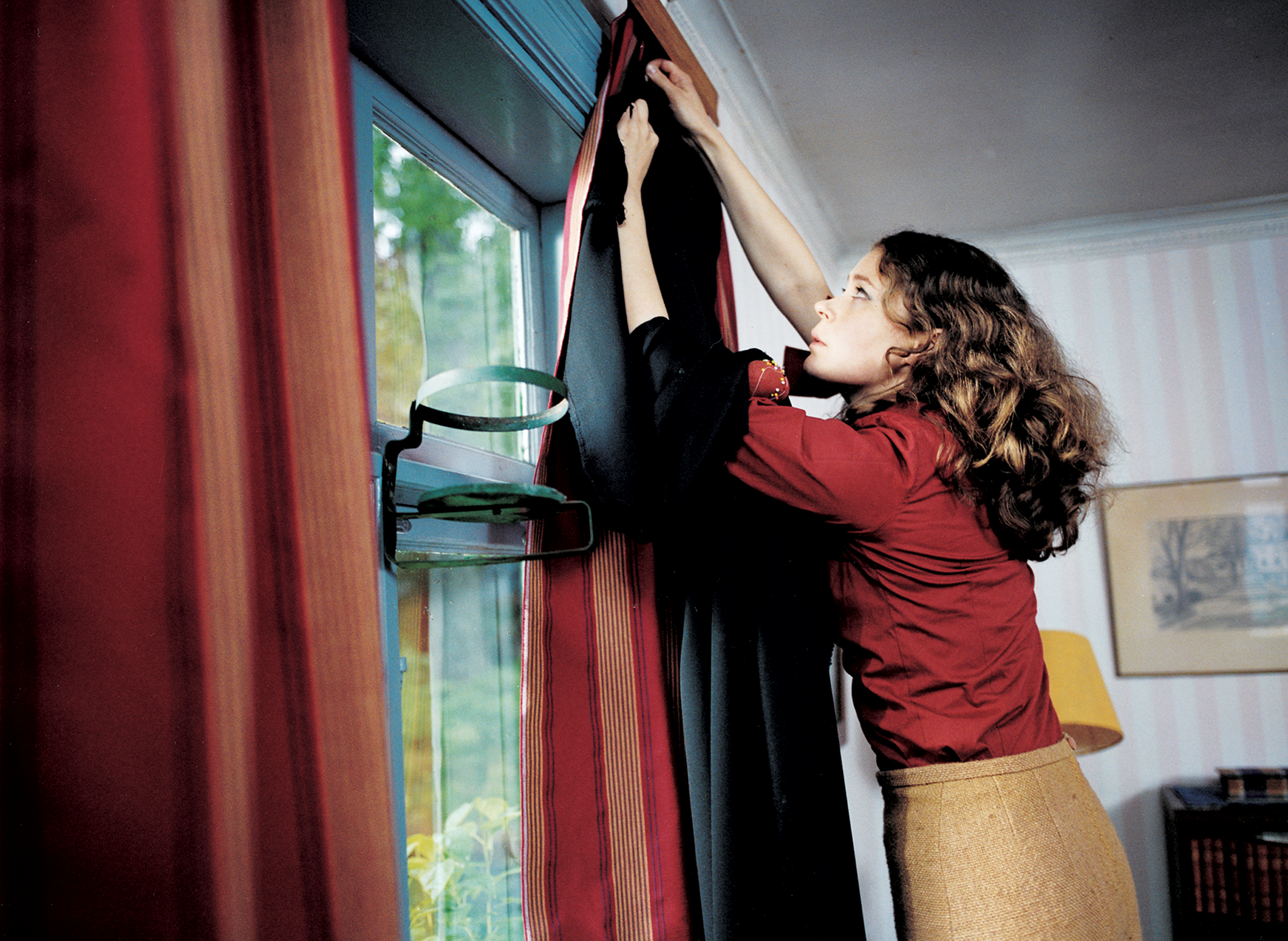
Foundation
Eija-Liisa Ahtila’s film installations experiment with narrative storytelling, creating extraordinary tales out of ordinary human experiences
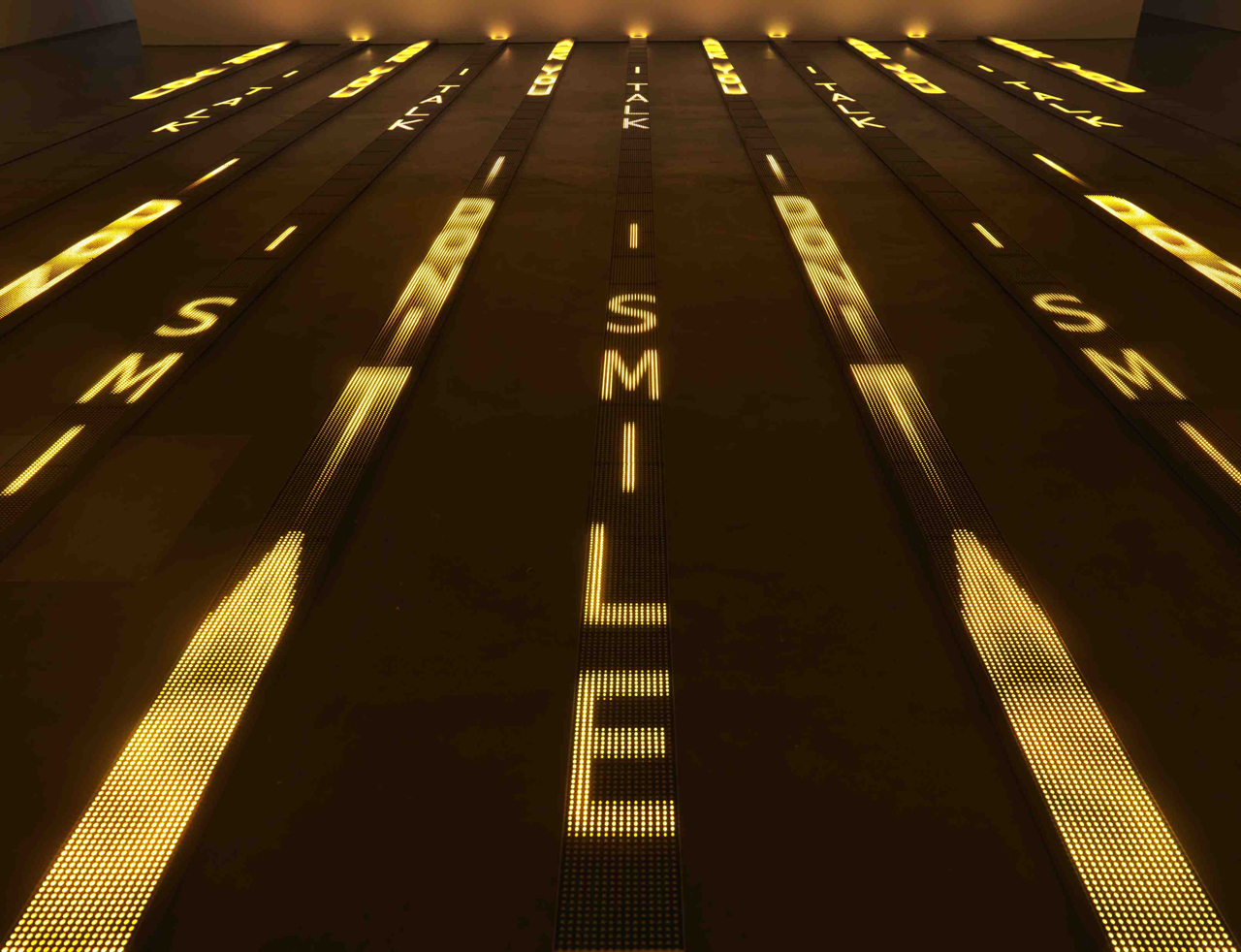
Foundation
For more than thirty years, Jenny Holzer’s work has paired text and installation to examine personal and social realities